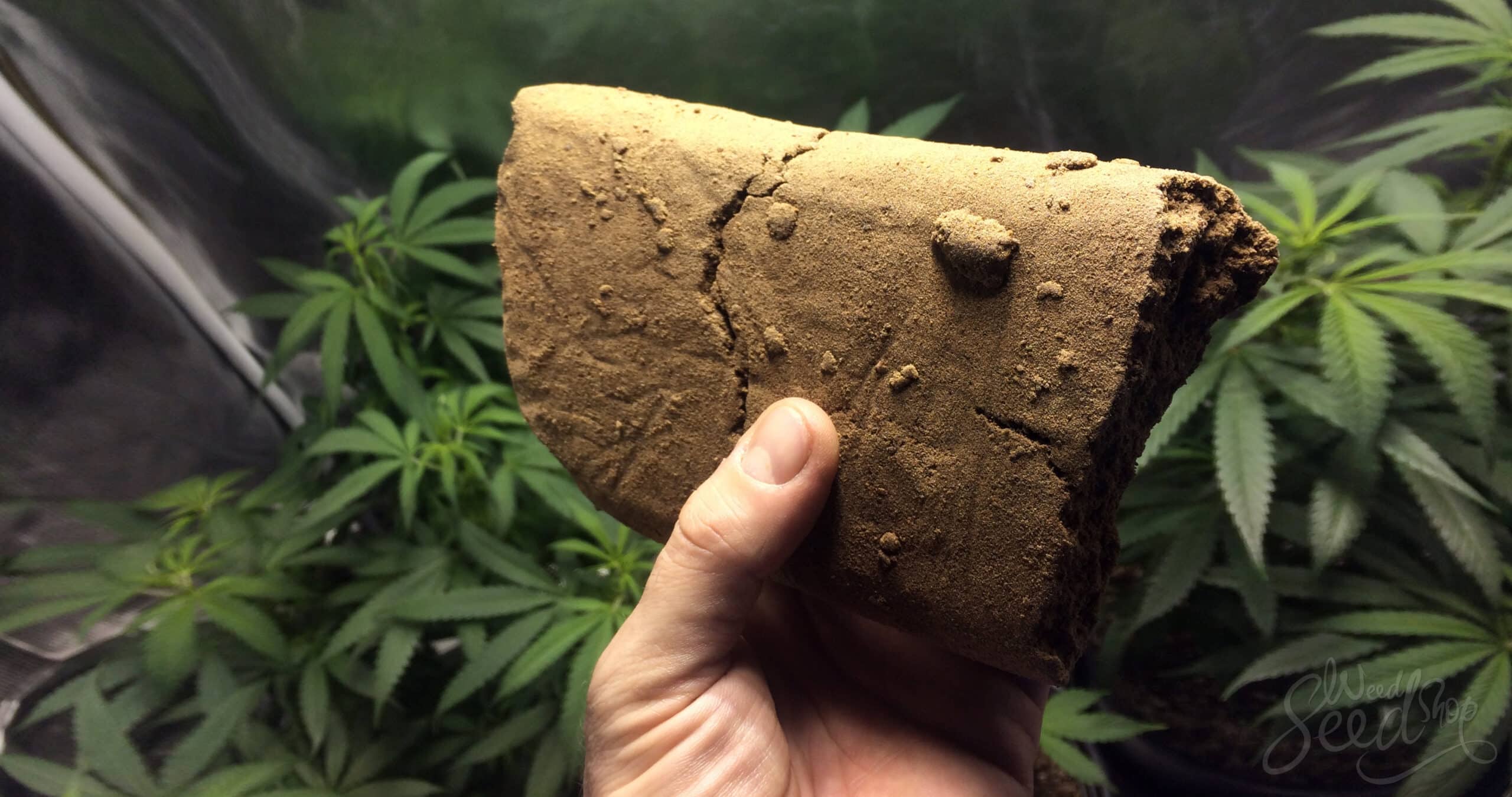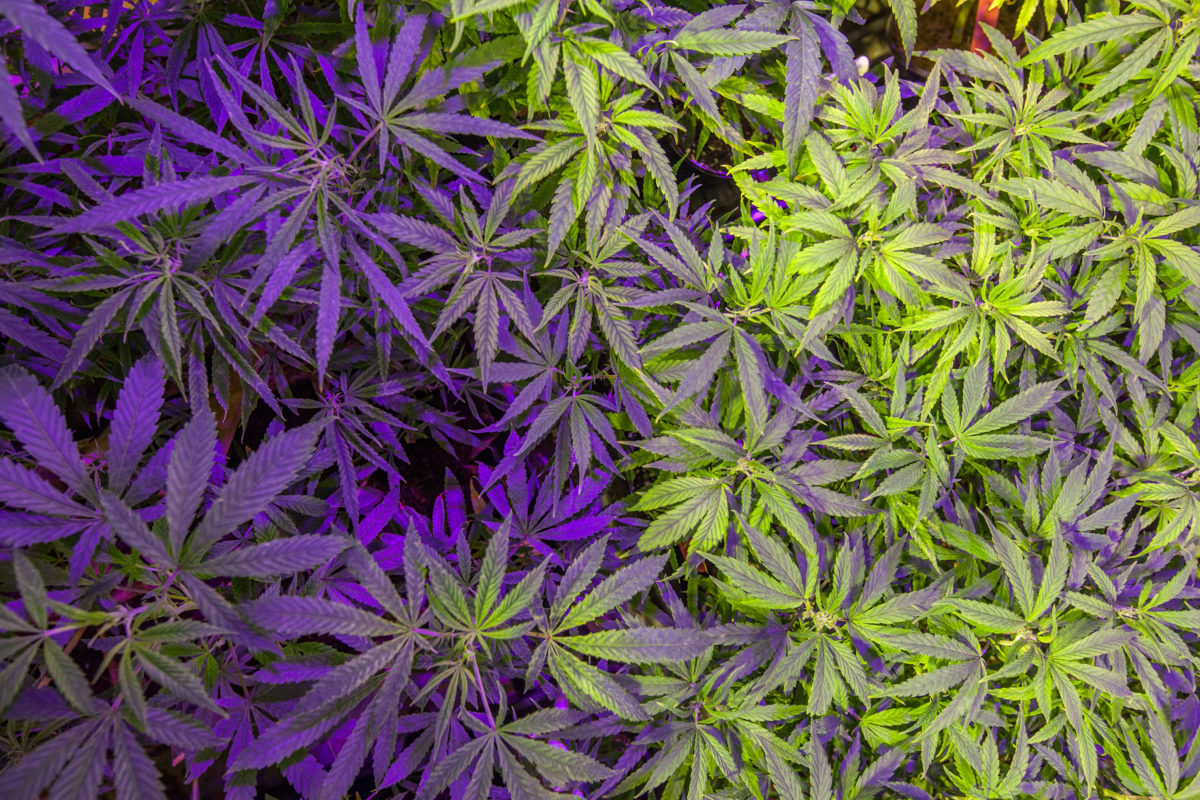News
Exploring the Rich Heritage of Afghan Hash
In the mystic mountains of Afghanistan, among the rugged terrains and centuries-old traditions, thrives a cultural treasure that has captivated cannabis enthusiasts for generations – Afghan Hash. Known for its unique aroma, potent effects, and artisanal craftsmanship, Afghan Hash holds a special place in the world of cannabis. Join us as we embark on a journey to unravel the rich heritage behind this ancient cannabis concentrate.
A Glimpse into Afghanistan’s Cannabis Culture

In the undulating landscapes of Afghanistan, a country steeped in a rich tapestry of history and tradition, the cultivation of cannabis is not merely a practice; it is a cultural legacy woven into the very fabric of society. For centuries, the Afghan people have engaged in the art of cannabis cultivation, an integral part of their agricultural practices and cultural heritage. The historical significance of cannabis in Afghanistan transcends the realms of mere agriculture, intertwining with rituals, traditions, and the ebb and flow of daily life. The resinous flowers of cannabis plants are meticulously tended to, their aromatic buds destined to become the soul of Afghan Hash, a revered substance that mirrors the deep-rooted connection between the Afghan people and the cannabis plant. In Afghan society, cannabis is more than a crop; it is a bridge to tradition, a conduit for spiritual practices, and a thread that binds communities through shared rituals. As we step into the heart of Afghanistan’s cannabis culture, we begin to comprehend the profound impact that Afghan Hash has had on the cultural and social fabric of this ancient land.
The Art of Hashish Production
Dive into the intricate process of hashish production in Afghanistan, where skilled artisans carefully handcraft this concentrate using age-old techniques. From the meticulous cultivation of cannabis plants to the delicate art of hand-rubbing and sieving, discover the craftsmanship that goes into creating authentic Afghan Hash.
Landrace Strains – The Foundation of Afghan Hash

Nestled within the rugged landscapes of Afghanistan are the indigenous landrace strains that form the bedrock of Afghan Hash, a time-honored cannabis concentrate deeply interwoven with the nation’s cultural fabric. These landrace strains, such as Afghan Kush and Mazar-i-Sharif, have flourished under the unique combination of Afghanistan’s geography and climate. The harsh conditions of the region, marked by high altitudes, arid climates, and mineral-rich soils, contribute to the development of resilient and robust cannabis plants. Over centuries of cultivation, Afghan farmers have selectively bred these landrace strains, adapting them to the challenging environment and refining their genetic expressions. The result is a spectrum of distinctive qualities within these strains, ranging from earthy and spicy aromas to potent and sedating effects. These landrace strains, shaped by the hands of generations, are the very essence of Afghan Hash, embodying the resilience, heritage, and character of the Afghan cannabis culture.
Charas – The Essence of Afghan Hash
Charas, the soulful essence of Afghan Hash, beckons us into a realm where cannabis cultivation is not merely a horticultural practice but an ancient art form deeply woven into the cultural fabric of Afghanistan. At the heart of this tradition lies the meticulous craft of hand-rubbing cannabis flowers, a technique that has been honed over centuries. Charas, with its unmistakable aroma and potent effects, extends beyond its physical form to become a symbol of spiritual connection within Afghan culture. Embedded in the rituals of Sufi mystics, Charas serves as a conduit for contemplation and transcendence, fostering a deep sense of communion with the divine. The artisanal skill required to produce Charas is nothing short of alchemy, as experienced hands delicately rub the resin-laden flowers, collecting the precious trichomes that will later be transformed into the sought-after hashish. This tactile and labor-intensive method imparts a personal touch to each batch, creating a product that is not just a substance but a manifestation of the dedication, heritage, and spirituality that defines Afghan Hash. In the hands of those who practice this ancient art, Charas becomes a testament to the enduring connection between humanity and the cannabis plant, preserving a tradition that transcends time.
The Historical Influence of Afghan Hash
The historical influence of Afghan Hash on global cannabis culture is a captivating journey that spans decades, leaving an indelible mark on the landscape of cannabis consumption. In the tumultuous 1960s and 1970s, Afghan Hash played a pivotal role in the countercultural movement, particularly the iconic hippie movement. As Western travelers and spiritual seekers flocked to the rugged terrains of Afghanistan’s cannabis fields, they encountered the allure of high-quality hashish. Its potent effects and distinctive aroma quickly became synonymous with the free-spirited and rebellious ethos of the time, elevating Afghan Hash to a symbol of liberation and spiritual exploration.
As the countercultural movement waned, the legacy of Afghan Hash endured. Its reputation for exceptional quality and artisanal craftsmanship continued to draw cannabis connoisseurs seeking a unique and authentic experience. The rich heritage of Afghan Hash persisted through the underground cannabis scene, sustaining its allure among those who appreciated the cultural and historical significance embedded in each resinous piece. Today, Afghan Hash remains a coveted commodity in the global cannabis market, with its roots firmly planted in the history of a region that has cultivated cannabis for centuries. The continued appreciation for Afghan Hash speaks to its enduring influence on the evolution of cannabis culture, highlighting the resilience of this ancient tradition in the modern world.
Challenges and Preservation Efforts

Examine the challenges faced by Afghan hash producers, including political instability, conflict, and changes in cultivation practices. Explore ongoing efforts to preserve the traditional methods of hashish production and protect the cultural heritage associated with Afghan Hash.
The Future of Afghan Hash in a Changing World
As we stand at the crossroads of a rapidly evolving cannabis landscape, the future of Afghan Hash is both intriguing and uncertain. The ongoing wave of legalization and commercialization sweeping across the globe brings both opportunities and challenges to this ancient cultural treasure. The preservation of traditional hashish production methods becomes paramount in this changing scenario, as the artistry and craftsmanship inherent in the traditional process are at risk of being overshadowed by modern industrial approaches. Efforts to safeguard these age-old techniques become crucial not only for maintaining the authenticity and uniqueness of Afghan Hash but also for preserving the cultural heritage embedded in its creation. Additionally, promoting sustainable practices within the cannabis industry is essential to ensure the longevity of the land and the communities that have cultivated these strains for centuries. By finding a balance between legalization, commercialization, and the preservation of traditional and sustainable practices, we can hope to see Afghan Hash continue to thrive and contribute to the global cannabis narrative, honoring its rich heritage while adapting to the changing dynamics of the world around it.
A Reflection on Afghan Hash’s Enduring Legacy
As we journey through the rich heritage of Afghan Hash, we gain a deeper appreciation for the cultural, historical, and artisanal elements that make it a true masterpiece in the world of cannabis. In celebrating Afghan Hash, we honor the traditions of a people whose connection to this plant stretches back through the ages, leaving an enduring legacy that transcends borders and time.


